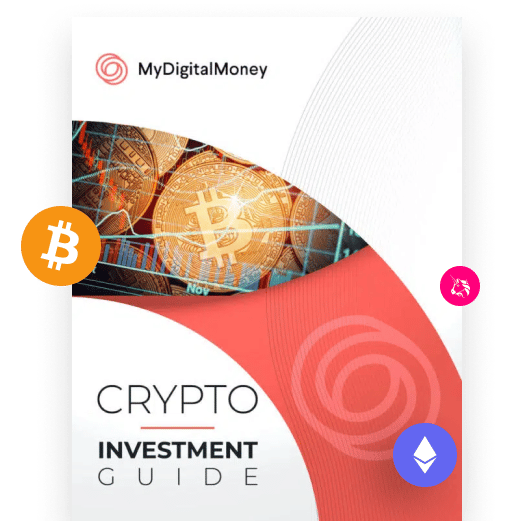https://youtu.be/Qlo5wYzf7g0
4-min read

Digital currencies can now be used for more than merely paying for goods and services.
Here are five use cases for crypto assets that demonstrate the extent of the fintech revolution taking place.
Note that we have a video dedicated to each of these use cases. This post is an overview. If you want to know more about each use, go through our Learn section.
1: Digital Cash
Quite simply, cryptocurrencies are used to pay for goods, the same way you would pay for goods using the dollar. But instead of a central bank controlled-dollar, you pay with cryptocurrency. The most popular digital cash is Bitcoin.
2: Programmable Money
Programmable money is money with constraints. An analogy is food stamps, where recipients are given coupons, the equivalent of money, which can be spent only on food — not on alcohol, betting on horses, lottery tickets or anything else. In modern guise, these ‘food stamps’ are digitized tokens transacted on a blockchain platform with smart contracts. Smart contracts actually predate Bitcoin, having been conceived by Nick Szabo. Szabo is also suspected to be Satoshi Nakamoto, the creator of Bitcoin. Smart contracts are simply blockchain-based executable code that actions a particular outcome provided certain conditions have been met. Although synonymous with Ethereum, most crypto networks have a degree of smart contract functionality, including Bitcoin itself.
3: Collateral
Lending has become one of the most important applications of the burgeoning decentralized finance or defi movement, enabling individuals to collateralize fiat loans against cryptocurrency and vice-versa.
On the Ethereum network, lending services such as Maker, Compound, and Instadapp have flourished, with hundreds of millions of dollars’ worth of assets now locked up in lending protocols. There’s also the option for hodlers to earn annualized interest by locking their cryptocurrency into these lending protocols.
4: Governance
This probably won’t be as relevant to you as the other use case unless you are a node. But since we are here to provide you with as much information as we can, we feel it is still important for you know. Governance tokens are tokens that developers create to allow token holders to help shape the future of a protocol. For example, someone proposes to develop a certain protocol, it will be vetted and then voted on through on-chain governance accessed by using governance tokens.
They are then are applied automatically due to smart contracts. In other cases, the team maintaining the project is tasked with applying the changes or hiring someone who will. Proponents of systems that use governance tokens believe that they allow for user control, which holds true to the original cryptocurrency ideals of decentralization and democratization. In most cases, organizations who let users control the development of their systems are called decentralized autonomous organizations or DAOs.
5: Collectibles
Non-fungible tokens or NFTs represent unique digital assets. These typically comprise in-game collectibles such as skins or characters, or in virtual reality games can represent digital land or property. This makes it possible to trade the assets to fellow collectors or players, and ensures full ownership of the collectible.
Their value still depends on a central authority, say Cryptokitties or Cheeze Wizards, which hosts the image associated with each token and controls the virtual world it operates in. So, there are some who question the validity of NFTs as a crypto.
Nevertheless, collectibles represent a growing vertical within the cryptosphere. It will become deeply embedded into esports and virtual reality in the years to come.




